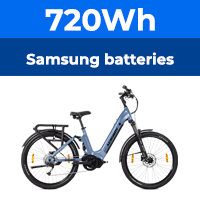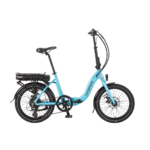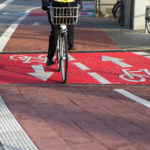Hi everybody,
I am new to the forum. Nice to meet you all.
I live in Israel, where e-bikes are not legalized yet. Together with friends and associates, I am trying to speed up the legalization of electric bikes here. Israel has not adopted any regulations so far regarding e-bikes, and has yet to decide which standard it will use – the European, the American, or a combination of both.
We are concerned that Israel will fully adopt the EU directives therefore banning the use of a throttle. Israel is very warm so the demand for pedal assist mode only will basically kill the market before it is born.
We are trying to find examples of EU members which, besides adopting the European regulations (250W, pedal-assist, etc.) have made some changes to them and also allowed the use of e-bikes with higher output, speed or throttle activation. So far we know only about UK and Switzerland.
Does anybody know of other countries?
Thank you very much for your help.
Ori
I am new to the forum. Nice to meet you all.
I live in Israel, where e-bikes are not legalized yet. Together with friends and associates, I am trying to speed up the legalization of electric bikes here. Israel has not adopted any regulations so far regarding e-bikes, and has yet to decide which standard it will use – the European, the American, or a combination of both.
We are concerned that Israel will fully adopt the EU directives therefore banning the use of a throttle. Israel is very warm so the demand for pedal assist mode only will basically kill the market before it is born.
We are trying to find examples of EU members which, besides adopting the European regulations (250W, pedal-assist, etc.) have made some changes to them and also allowed the use of e-bikes with higher output, speed or throttle activation. So far we know only about UK and Switzerland.
Does anybody know of other countries?
Thank you very much for your help.
Ori







